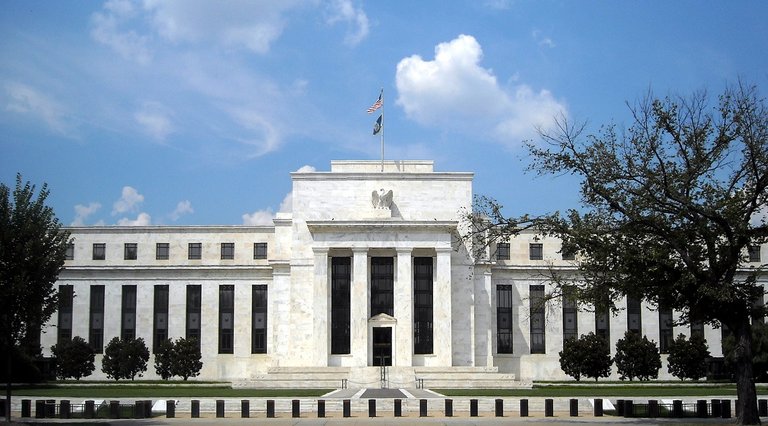1. What is Blockchain?

Banks record all of their financial transactions using ‘ledgers’. Decades ago, these would have been huge dusty books. Each line in a ledger recorded a new payment. These records are now digitised, but they are still owned and managed by each bank. Blockchain is unique because it is not managed by one organisation. Instead, the record is shared globally across thousands of computers in real time.The shared nature of this ledger is its strength. Every computer on the network makes a note of a new transaction, explains Oscar Darmawan, the CEO of Bitcoin Indonesia. Once this transaction has been recorded as a line on the global ledger, it is impossible to delete the record.
2. Why is this important?
Blockchain allows payments to be registered without using the banks’ ledgers. Initially, this was important for Bitcoin (the currency), but now the record-keeping technology can be used for anything.
3. How could Blockchain affect government?

If a government were to use Blockchain to make records of contracts, it would be impossible to commit corruption, says Darmawan. No individual computer can alter the Blockchain records, so “smart contracts” using Blockchain could prove exactly where payments are going – creating greater accountability. A company couldn’t falsify its accounts. A transfer of money from a government agency would be recorded. This system also could affect the nature of governments’ central banks, one British government minister recently said. Speaking to Wired Magazine , Cabinet Office Minister Matthew Hancock noted that “where a currency needs to have a central bank to manage it in order to manage an economy, that’s obviously necessary… But ultimately, if people can pay each other in a currency that isn’t linked to particular geographic location, then the need for that is less.”
4. What is happening in the region on this?
There are three sectors that are particularly interesting. The first is the startup sector. Singapore Government has had a big drive to make itself the ‘FinTech’ (financial technology) hub of Asia. For example, IDA’s venture capital arm has been supporting Toast – which allows foreign workers to transfer money using an app and their EZLink train card .
The transaction is guaranteed to be secure because it is registered on the Blockchain. The second sector is government. The Monetary Authority of Singapore has just set up a FinTech lab, which will monitor new payments technologies and consider their utility.
Third is, perhaps obviously, the banks themselves. Many have their own labs, and also have invested in FinTech startups. Blockchain is a new technology, so its potential will only become apparent in time. When the internet was founded, who could have predicted its impact?
Partly, its development was helped by having international support for a single World Wide Web. Debate is just beginning about how governments can use and adapt to new payment systems. At present, no government has moved to regulate them, although some have banned their corresponding currencies. But with just a click of a mouse, Blockchain could already transform how government does business with itself – and with others. Beat that, James Bond.
vote up if you like it
source : https://govinsider.asia/connected-gov/four-things-all-officials-should-know-about-blockchain/
Copying/Pasting full texts is frowned upon by the community. Sharing content by itself adds no original content and no value.
Sharing content and adding value by:
Repeated copy/paste posts are considered spam. Spam is discouraged by the community, and may result in action from the cheetah bot.
Creative Commons: If you are posting content under a Creative Commons license, please attribute and link according to the specific license. If you are posting content under CC0 or Public Domain please consider noting that at the end of your post.
Not indicating that the content you copy/paste is not your original work could be seen as plagiarism.
If you are actually the original author, please do reply to let us know!
Thank You
I think he already put the source